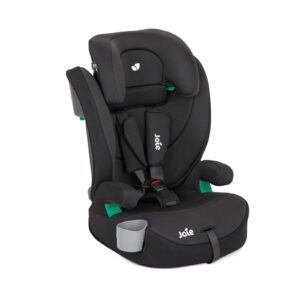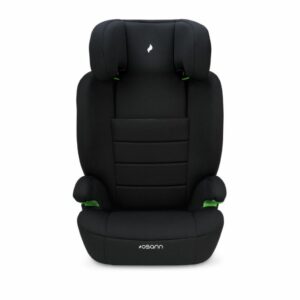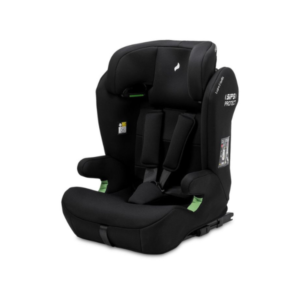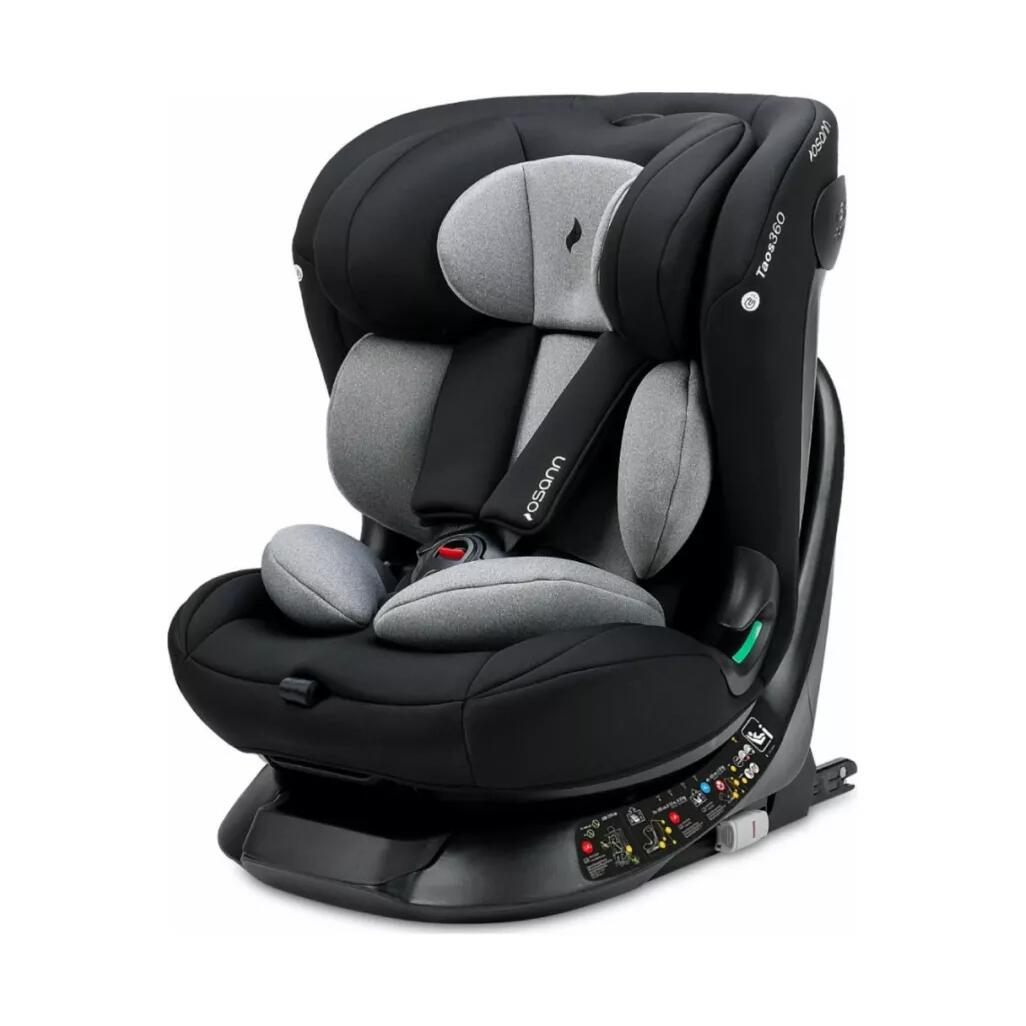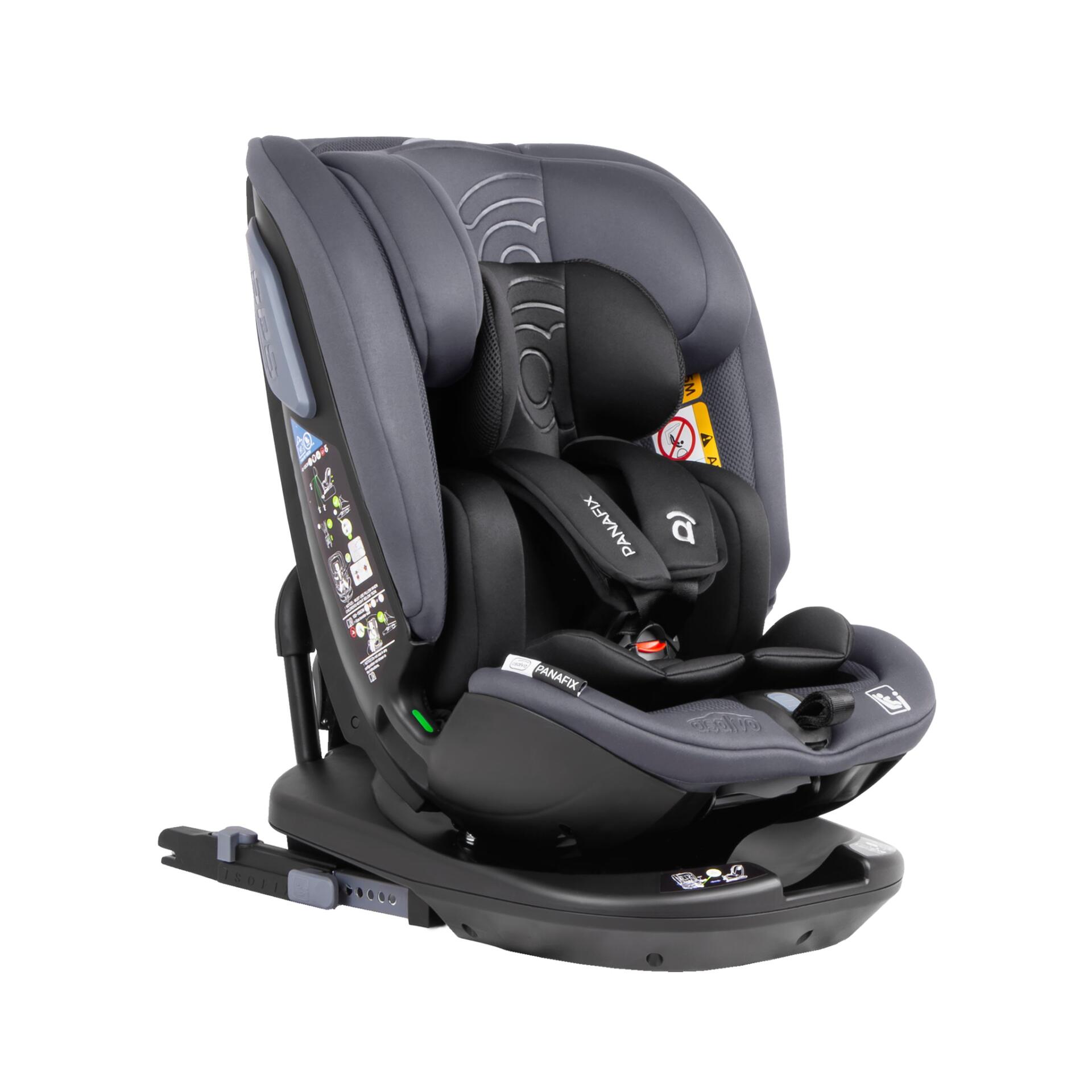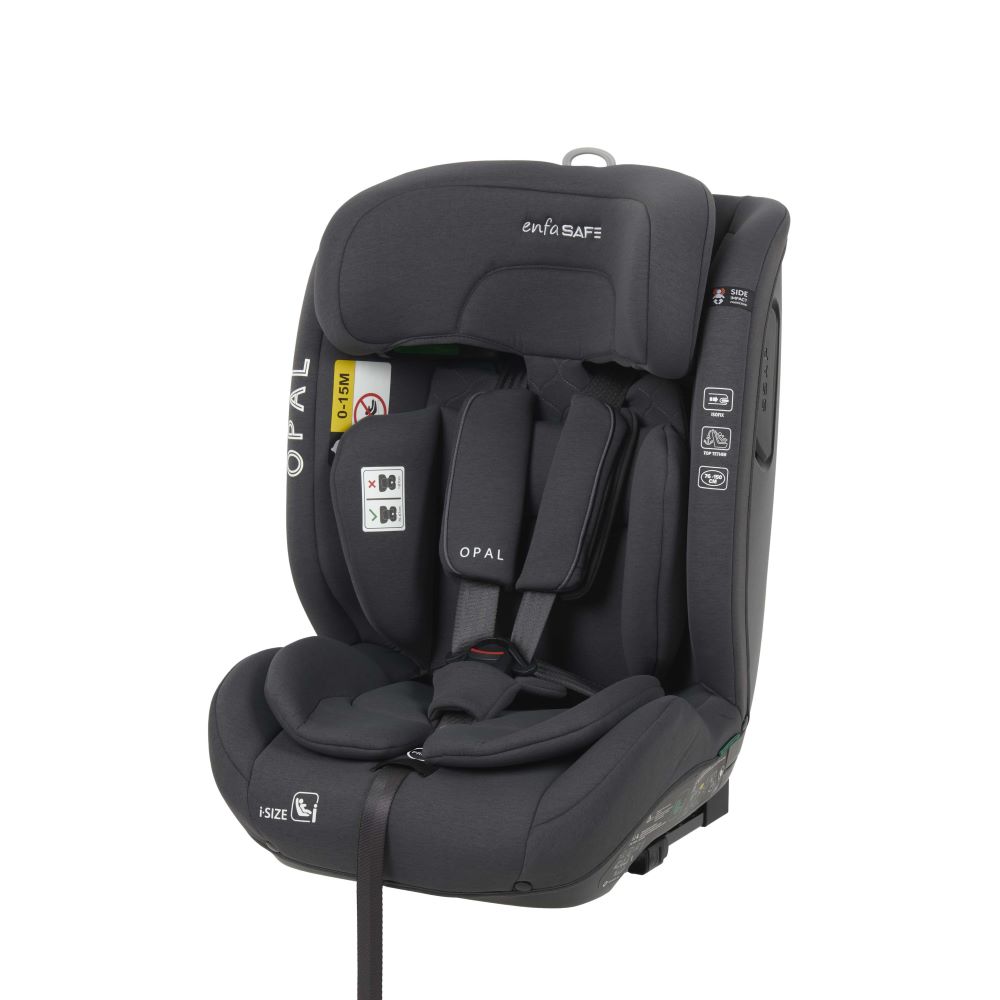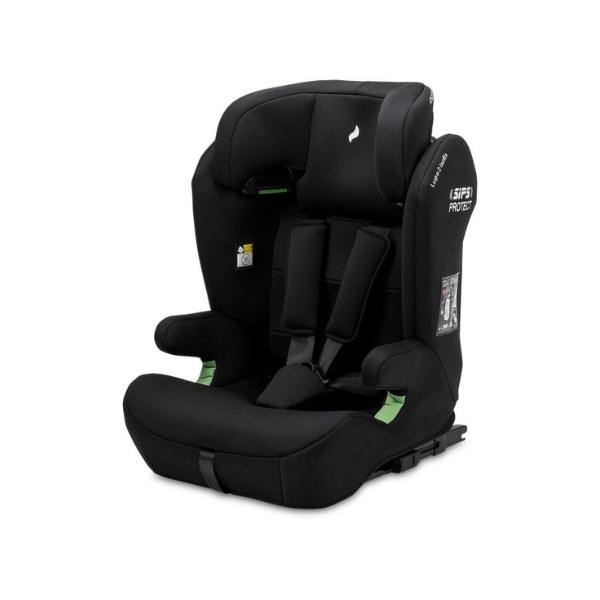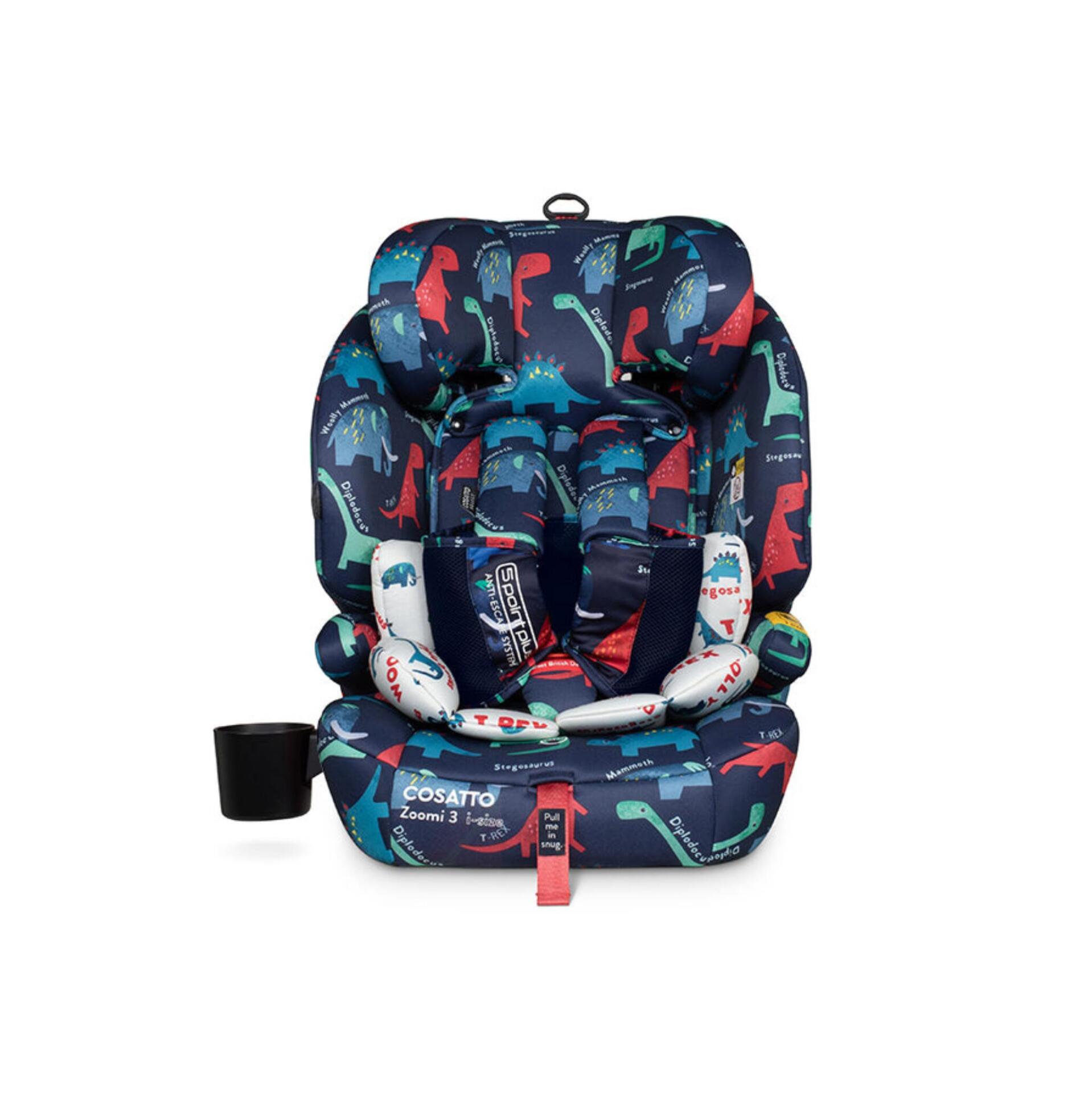Frequently asked questions
What kind of car seat do I need for a toddler?
You’ll typically be looking at a convertible car seat or a multimode car seat.
- Convertible seats can be used rear-facing (for infants/toddlers) and then converted to forward-facing (for older toddlers/preschoolers). This is a popular choice as it saves you from buying multiple seats.
- Multimode seats go a step further, often converting from rear-facing to forward-facing, and then to a belt-positioning booster seat.
Key point: Keep your child rear-facing in their convertible seat until they reach the maximum weight OR height limit for rear-facing on that specific seat. This is usually much longer than the infant carrier’s limit, often until 40-50 lbs or even longer, depending on the seat.
How do I know if the car seat is installed correctly? It feels so wobbly!
The “wobbly” feeling is a common concern! Here’s the golden rule:
- The “Inch Test”: Once installed, grab the car seat at the belt path (where the seatbelt or LATCH strap passes through). Try to move it side-to-side and front-to-back. It should not move more than one inch in any direction.
- LATCH vs. Seatbelt: You only need to use one method for installation – either LATCH (Lower Anchors and Tethers for Children) or the vehicle’s seatbelt. Never both simultaneously unless your car seat manual specifically allows it (which is rare). LATCH has weight limits, so check your car seat and vehicle manuals.
- The Top Tether: When forward-facing, always use the top tether strap. This dramatically reduces head and neck injuries in a crash.
- Professional Check: The absolute best way to be sure? Find a certified Child Passenger Safety (CPS) Technician. Many hospitals, fire departments, or car seat clinics offer free inspections. They can teach you how to install it perfectly.
Where should the car seat go in the car?
- Always the back seat: Children 12 and under should always ride in the back seat. Airbags are designed for adults and can be dangerous for small children.
- Middle vs. Side: The middle of the back seat is statistically the safest spot because it’s furthest from potential side-impact crashes. However, it’s only safest if you can get a secure installation there (remember the one-inch test!). If the middle isn’t a good fit, a side seat is perfectly safe when installed correctly.
When do they move from their 5-point harness to a booster seat?
Again, it’s about size and maturity, not just age.
- Max out the 5-point harness: Your child should stay in a 5-point harness (either rear-facing then forward-facing) until they reach the maximum weight OR height limit for the harness on their specific car seat. This is often around 65 lbs for forward-facing harnesses, and the shoulder straps must come from at or above their shoulders.
- Maturity is key: Even if they meet the height/weight limits for a booster, they need to be mature enough to sit properly for the entire ride – no slouching, leaning, or playing with the seatbelt. This is usually around 5-7 years old, but varies greatly by child.

